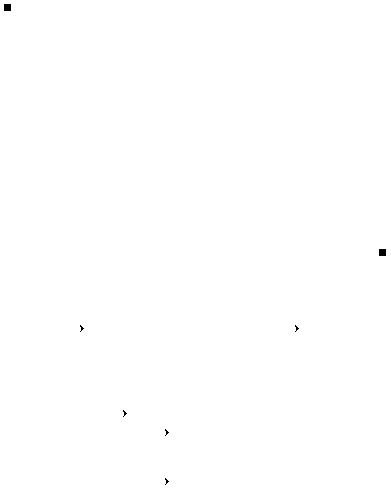
J-9
ANSWERS to the SAMPLE LABORATORY EXAMINATION
MULTIPLE CHOICE
1.
a.
Cu(NO3)2
(aq)
+ Na2CO3
(aq)
? CuCO3
(s)
+ 2 NaNO3
(aq)
2.
c.
143 mL
3.
d.
CoCl2
6 H2O
4.
b.
696.1
5.
a.
NaOH
6.
d.
Q > K, reaction is moving to the left
7.
a.
0.03922 M
8.
e.
more than 0.5080 M
9.
c.
methyl red
10.
d.
1.824 g
11.
d.
½ the volume to the equivalence point
12.
d.
3.69
SHORT ANSWER
13.
a. BaCl2
b. 13.6%
c. BaCl2
2H2O
14.
mass NaNO2 = 0.333 g;
mass HSO3NH2 = 0.468 g;
V = 129 mL (P
N2
= 0.906 atm)
15.
a.
Cd
2+
(aq)
+ C2O
4
2-
(aq)
CdC2O
4(s)
or
CdC2O
4(s)
?
?Cd
2+
(aq)
+ C2O
4
2-
(aq)
b.
#1
Control - essentially no effect due to the low solubility of CdC2O
4(s)
#2
HCl addition - two interactive equilibria occur
i)
Cd
2+
(aq)
+ Cl
-
(aq)
[CdCl]
+
(aq)
ii)
C2O
4
2-
(aq)
+ 2 H3O
+
(aq)
H2C2O
4(aq)
+ 2 H2O
(l)
#3
HNO3 addition - only one interactive equilibria occurs
i)
C2O
4
2-
(aq)
+ 2 H3O
+
(aq)
H2C2O
4(aq)
+ 2 H2O
(l)
There is less solid CdC2O
4
remaining in test tube #2 because the concentrations of both the Cd
2+
(aq)
and
C2O
4
2-
(aq)
are decreased by the addition of the HCl. Therefore, more CdC2O
4(s)
must dissolve to
reestablish equilibrium, compared to test tube #3, where only the Cd
2+
(aq)
reacts with the HNO3 added
(NO3
-
(aq)
does not react).
16.
a.
[I3
-
] = 1.18 x 10
-2
M
b. [I
-
] = 0.0882 M
c. 637
17.
a.
[CH3COOH] = 0.2151 M
b. K
+
and CH3COO
-
and OH
-
c.
[CH3COO
-
] = 0.1065 M
d.
0.70 %
e.
8.891
BONUS QUESTION
18.
34 mL
